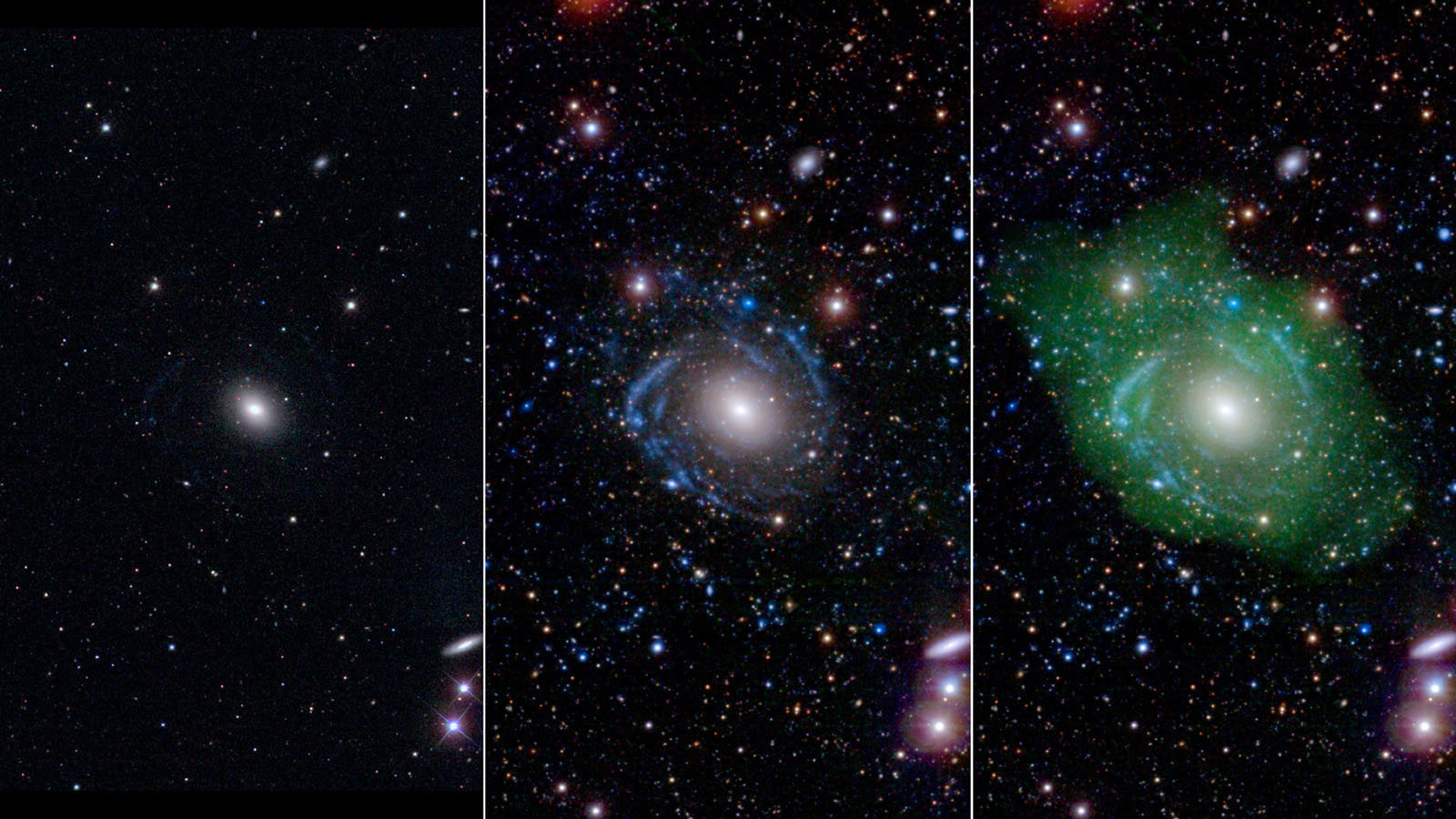
Augmenting Operational Data with Gamification
Gamification is well established and is sometimes considered controversial when applied in a corporate setting. Our objective in providing this example is not to cover topics more appropriately addressed through corporate policy and governance but rather to describe a type of system designed to fill in gaps of knowledge for analytics sake by being deployed with or integrated “alongside” operational systems. Hybrid Transactional / Analytic Processing solutions by way of Temporal Linked Data® (TLD), lend themselves to these kinds of considerations.
In addition to providing a reference implementation for HTAP by way of TLD, our example of Agile Gamification is provided to extrapolate to any corporate domain where corporate leadership line-of-site into its business may be untrusted, untimely, incomplete, opaque, or is simply providing inexplicable results that need to be clarified.
Agile Gamification recognizes the invaluable information available in Application Lifecycle Management (ALM), Quality Assurance (QA), build pipeline (CI/CD), and source code management (SCM) systems to assess activity and identify communities and their attributes when subjected to analytic processing. These technologies are invaluable to the day-to-day management of project, product, and portfolio activities. But, from an analytic perspective, the events generated likely miss the nuance attributable to your most valuable asset: your people. They do not tell the whole story and can result in learning the wrong lessons and rewarding the wrong behavior.
The reality of healthy agile organizations is that teams are fluid, forming for release cycles and spikes and dissolving and reforming according to the forces facing the business as people come and go. These dynamic environments require aggregate knowledge shared by individuals that know the answer when it is needed and where it is needed. Often, those individuals most valuable to team success are not the ones making the most frequent pull requests and commits or taking on the most tasks, but are serving as coach, technical advisor, and pair programmer, and doing so in a highly responsive, educational, and respectful manner.
These intangibles are both invaluable and difficult to objectively quantify. Gamification is one way to accomplish this by providing a single place to collect both the platform generated as well as the collegial input for realtime (game score), milestone (sprints and releases), and longitudinal (inter-game, inter-epoch) analysis. HTAP by way of TLD with projections into graph database analytics provides an effective solution to all three dimensions of the problem.

In ordinary optical light, UGC 1382 was believed to be an ordinary elliptical galaxy. When augmented with ultraviolet light and deep optical data, and then incorporating low-density hydrogen gas, 1382 turned out to be a gigantic galaxy where its outside is older than its inside—the Frankenstein galaxy.
(Image credit: NASA/JPL/Caltech/SDSS/NRAO)
The next post will discuss what it means to auto-generate the backend from an RDF data model.
